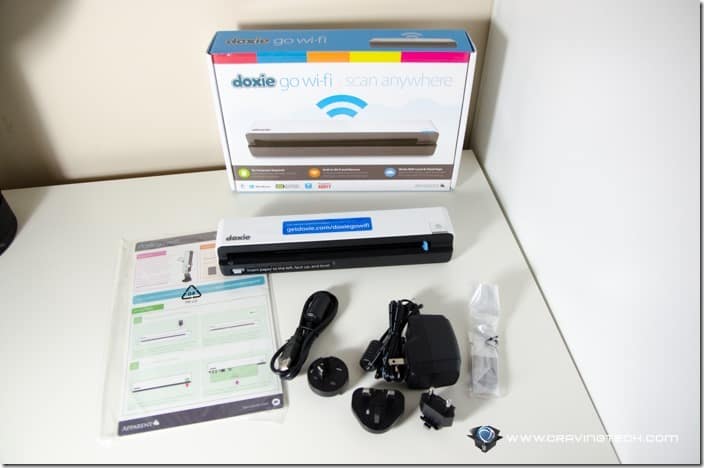

Apparent provides a plastic sleeve for small or oddly-textured (e.g. Thin paper (like receipts), small items, and creased pages are particularly problematic-an adjustable document guide helps with these, but the scanner has a bad habit of grabbing the item while lining up the document and setting the guide, and there are no markings to indicate settings for common page sizes. As a result, I often make several scans and simply use the best version. Getting paper to feed straight and evenly takes practice, though, and my technique is rarely perfect. Since scanning with the Doxie Go is simply a matter of running a sheet of paper through the scanner, it was delightfully quick to scan batches of items (receipts, ticket stubs, letter-size documents, and photos in my case) while occupying myself with other activities. The default resolution is 300 dots per inch (dpi) a quick press of the power button switches to 600 dpi, giving more detailed scans, larger files, and a 40 percent reduction in battery life (some desktop scanners have higher resolution, but the Doxie’s options should be fine for most uses). The Doxie’s built-in battery lasts for about 100 scans-a reasonable estimate, based on my use-and recharges in about an hour via USB cable.Īs you scan, Doxie saves the resulting images to its 500MB internal storage, or, optionally, to an SD card or USB drive. The scanner pulls the paper through the slot in about eight seconds, scanning the up-facing side of the page.

To scan, you simply turn the device on and feed it a piece of paper (one piece at a time). A slot on the long side of the scanner accepts paper ranging in size from business cards to 8.5 by 15 inches.


 0 kommentar(er)
0 kommentar(er)
